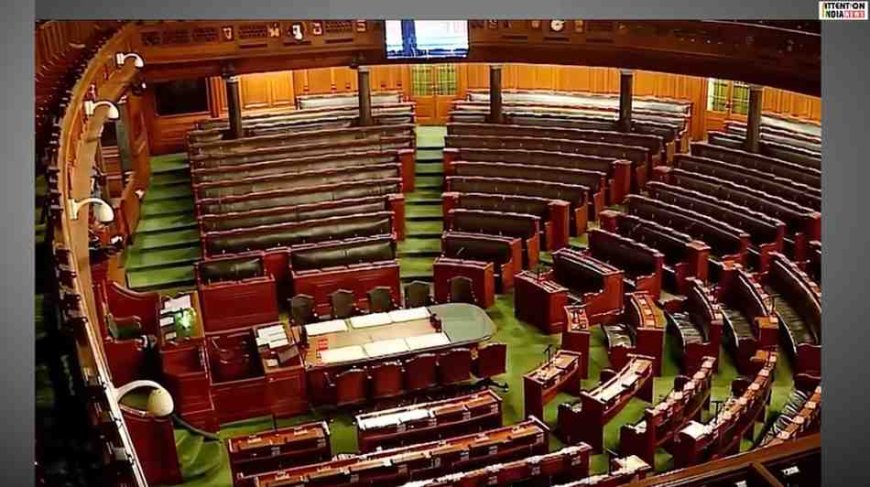Justice Yashwant Verma to face impeachment motion in the Parliament in the cash row case
At the next Parliamentary session, a resolution to impeach Justice Yashwant Varma will be presented.

New Delhi (India) June 4: After the Supreme Court's three-member judicial panel accused Justice Yashwant Varma in the cash row case, the government is getting ready to file an impeachment move against him in Parliament.
Parliamentary Affairs Minister Kiren Rijiju has reportedly began talks with members of the opposition party before filing the impeachment motion against Justice Varma.
A Supreme Court-appointed committee's inquiry report into Justice Varma's case revealed that he had not explained the source of the cash found at this home and that the accusations of misconduct were strong enough to call for his impeachment.
Justice Varma's official home on Tughlak Road in Delhi was destroyed by fire on March 14 of this year. According to the report of the Supreme Court-appointed commission, multiple 1.5-foot-tall stacks of burned notes were discovered strewn around the storage on the property.
Justice Varma was not at his home when the recovery happened. After a sizable amount of cash was found at his Delhi home during a fire in March, he was sent to the Allahabad High Court.
A three-member panel consisting of Justices Sheel Nagu, G S Sandhawalia, and Anu Sivaraman was established on March 22, 2025, by then-Chief Justice of India Sanjiv Khanna. The panel regarded the accusations of misconduct to be credible.
The panel's report said that Justice Varma had not provided an explanation for the money's origin and that the misbehaviour was severe enough to call for impeachment.
Therefore, CJI Khanna wrote to the President and the Prime Minister suggesting an impeachment procedure against Justice Varma after he refused to step down in spite of the judicial panel's report accusing him.
According to reports, a motion to remove him would be presented in the next Parliamentary session.
The procedure for firing a High Court judge is governed by the Indian Constitution and the Judges (Inquiry) Act of 1968. The Constitution states that a judge may only be removed with a removal motion that has been passed by both Houses of Parliament and is based on proven misbehaviour or incapacity.
The impeachment motion needs the signatures of 100 members of the Lok Sabha and 50 members of the Rajya Sabha.
Aadrika Tayal

 Aadrika Tayal
Aadrika Tayal 





